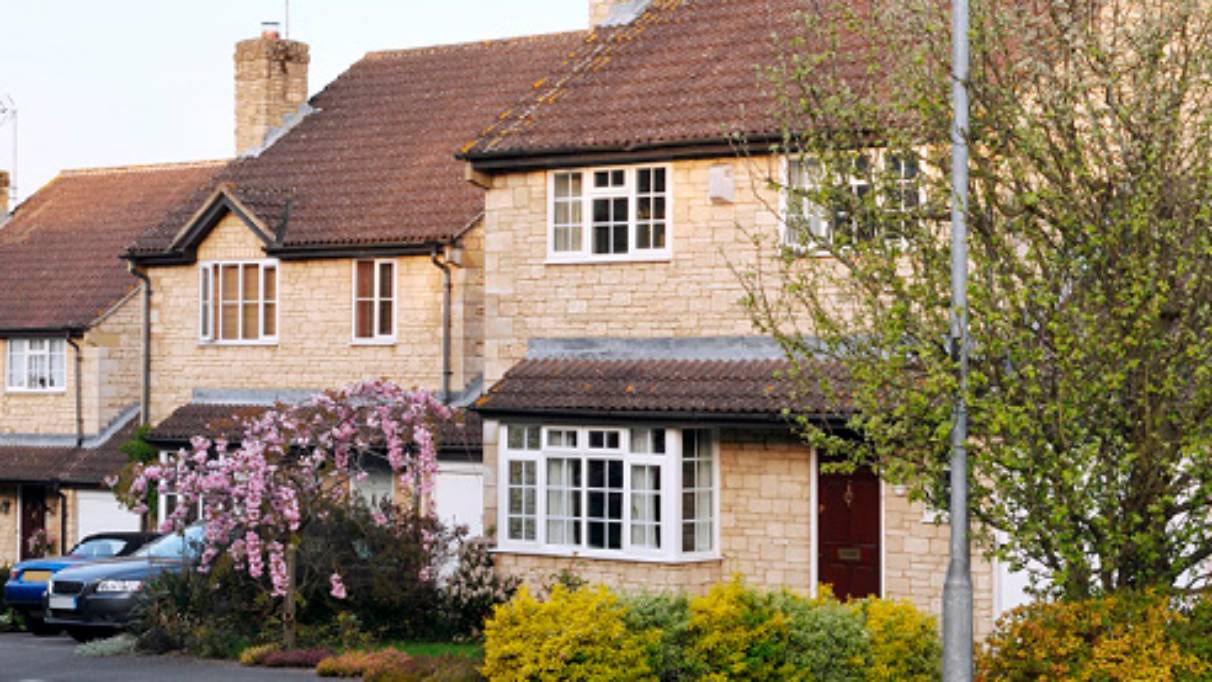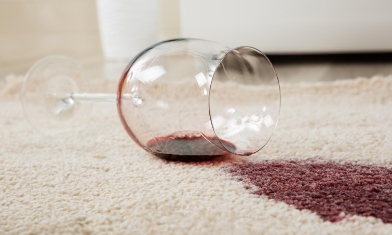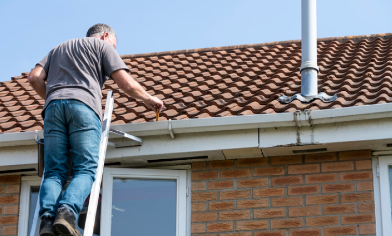Cracks in your home
Cracks in walls and ceilings can have lots of causes. Here are a few examples.
- New houses or extensions settling once they’ve been built
- Plaster drying out and shrinking
- Temperature and humidity changes making materials expand and shrink
- Vibrations from nearby traffic
- Long spells of very dry weather
- Old, shallow foundations
Most cracks are cosmetic and nothing to worry about. But some causes can be more serious.
- UPVC windows and doors fitted without a load-bearing lintel
- Old mining works
- Foundation damage from underground leaks, flooding or tree roots
- Subsidence (see next section)
If you have cracks in your home, ask an expert to identify the cause. If it’s covered by your policy, such as a storm or fire, you may be able to make a claim. But if it’s due to poor maintenance or neglect it may not be covered.
Subsidence and home insurance
Subsidence happens when the ground under a building sinks or shifts and pulls the foundations down with it.
Its causes include loss of moisture in the ground, due to long dry spells or tree or shrub roots growing close to the home. It could also be caused by old mining works.
The movement it causes can lead to cracks in a building's walls, floors and foundations. These may need expensive repairs. In severe cases, subsidence can even cause buildings to collapse.
Some of its causes, such as landslides or floods, may be covered by home insurance. But policies are unlikely to cover subsidence that’s the result of poor maintenance or neglect.
Weather and storm damage
Winter storms and heavy winds are getting more common in the UK. Extreme weather can be costly. Gales alone can cause up to £300 million of damage a year (source: Met Office).
The good news: most severe weather and storm damage is covered by home insurance. Here are some examples.
- Roof tiles blown off or damage to ridge tiles
- Lightning strikes to your property
- Wreckage caused by falling trees or debris
- Water entry after heavy rainfall or flooding
- Backed up sewers
- Loss of power
- Frozen pipes
Here’s when insurers will typically consider storm and severe weather claims.
- Storms rated above 10 on the Beaufort Scale
- Rainfall of at least 25mm per hour
- Snowfall of up to 30cm in 24 hours
- Hail intense enough to damage hard surfaces or break glass
Other points to bear in mind about weather and storm damage:
- Flat-roofed structures can be insured separately against it
- Hedges, fences and gates aren’t usually covered
- Damage due to wear and tear, poor maintenance or neglect isn’t usually covered
Read the ‘common questions’ section for some simple measures to help protect against storm damage.
Flooding and home insurance
Floods might seem a small risk for most homeowners. But the number causing widespread damage and disruption have increased in recent years. Heavy rains are more common (source: Energy & Climate Intelligence Unit). And more housing is being built in flood risk areas.
All this means it’s more important than ever to make sure you’re covered by home insurance.
Each insurer has a different view of flood risk. This will determine whether they offer you cover and how much it will cost. If they can't offer you a competitive quote, they’ll direct you to the Flood Re scheme.
Set up by the government and insurers, the scheme helps cover homes that may be harder to insure. If your home floods, your claim will be dealt with as normal. The insurer recovers the cost from the scheme, so you don’t need to contact the scheme directly.
If you live in an area that’s at risk from flooding, sign up to receive the Environment Agency’s flood alerts. You’ll find details on how to sign up for flood alerts for the all UK home nations.
If your home has been flooded, the National Flood Forum offers support and advice.
Japanese knotweed
Japanese knotweed is an invasive plant. It can damage your property's foundation and walls.
Most home insurance policies don’t cover it. So check your policy wording and terms, or speak to your insurer, to see whether yours does.







